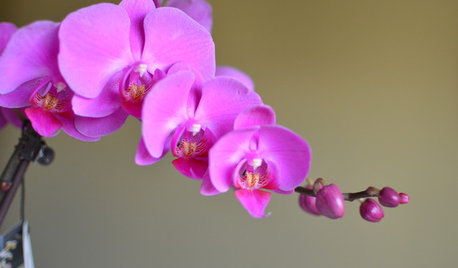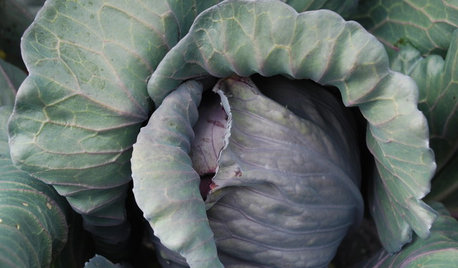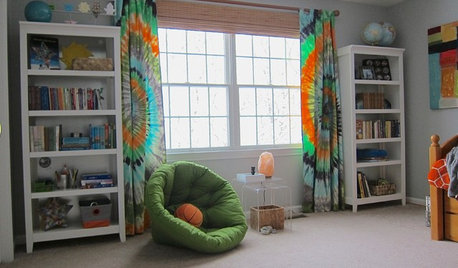Month old sod turning brown
Yardley
11 years ago
Featured Answer
Comments (14)
jdo053103
11 years agolast modified: 9 years agoYardley
11 years agolast modified: 9 years agoRelated Professionals
Elwood Landscape Architects & Landscape Designers · Grand Haven Landscape Architects & Landscape Designers · Middle Island Landscape Architects & Landscape Designers · Newcastle Landscape Architects & Landscape Designers · Canton Landscape Contractors · Bainbridge Island Landscape Contractors · Bedford Heights Landscape Contractors · Petaluma Landscape Contractors · Tigard Landscape Contractors · Wilsonville Landscape Contractors · Lauderdale Lakes Landscape Contractors · San Pablo Landscape Contractors · Glenvar Heights Swimming Pool Builders · Placentia Swimming Pool Builders · Thousand Oaks Swimming Pool Builderstiemco
11 years agolast modified: 9 years agograsshole
11 years agolast modified: 9 years agoYardley
11 years agolast modified: 9 years agoYardley
11 years agolast modified: 9 years agoYardley
11 years agolast modified: 9 years agoYardley
11 years agolast modified: 9 years agodchall_san_antonio
11 years agolast modified: 9 years agoYardley
11 years agolast modified: 9 years agotiemco
11 years agolast modified: 9 years agoYardley
11 years agolast modified: 9 years agolittlesprouts
11 years agolast modified: 9 years ago
Related Stories

KITCHEN DESIGN15 Farmhouse Kitchens That Made Us Swoon This Month
Raw wood, natural light, shiplap siding — we just couldn’t get enough of these farmhouse-style kitchens uploaded to Houzz in January
Full Story
MID-ATLANTIC GARDENINGChecklist: What To Do in the Garden This Month
February Gardener: Plant sprouts, start seedlings, force bulbs, grow an orchid and more
Full Story
HOUZZ TOURSHouzz Tour: Totally New Beauty for a Townhouse in Just 5 Months
Hardworking contractors and loved ones help a Canadian Realtor put a run-down house on the fast track to charm
Full Story
GARDENING GUIDESHow to Plant a New Lawn From Sod
Take the quick-start route to turf with sod; these installation guidelines will help ensure a healthy and long-lasting lawn
Full Story
REGIONAL GARDEN GUIDESWelcome the Turning Season: Advice for Your September Garden
Roll with the cooler weather by planting away. Our gardening guides tell you what plant picks are best for each U.S. region
Full Story
HOUZZ TOURSMy Houzz: Turning a Netherlands Barn Into a Country Home
Once a place for chilling milk, this Dutch home now lets the owners chill out in easygoing comfort
Full Story
HOUZZ TOURSMy Houzz: A Circle of Friends Turns a Dallas House Into a Home
Homeowners enlist help from friends to remodel, build an addition and decorate their home
Full Story
STORAGEStorage Surprise: Turn Colorful Tool Cabinets Into Fun Furniture
Reimagine your handy chests as nightstands, bar carts and kitchen storage for a bright interior alternative
Full Story
KIDS’ SPACESThis Designer’s Client Was Her 10-Year-Old Son
What do you give a boy with a too-babyish bedroom when he’s approaching double digits? See for yourself
Full StoryMore Discussions








jhonb